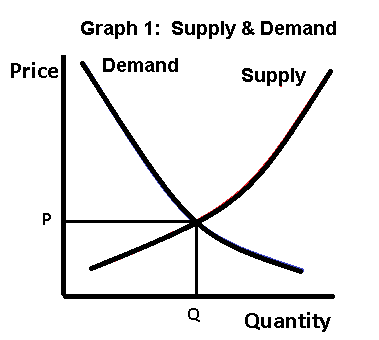The yearly growth rate of US AMS jumped to almost 80% by February 2021 (see chart). Given such massive increase in money supply, it is tempting to suggest that this lays the foundation for an explosive increase in the annual growth of prices of goods and services sometime in the future
Some experts are of the view that what matters for increases in the momentum of prices is not just increases in money supply but also the velocity of money – or how fast money circulates. The velocity of AMS fell to 2.4 in June this year from 6.8 in January 2008. On this way of thinking, a decline in money velocity is going to offset the strong increase in money supply. Hence, the effect on the momentum of prices of goods is not going to be that dramatic. What is the rationale behind all this?
Popular view of what velocity is
According to popular thinking, the idea of velocity is straightforward. It is held that over any interval of time, such as a year, a given amount of money can be used repeatedly to finance people’s purchases of goods and services.
The money one person spends for goods and services at any given moment, can be used later by the recipient of that money to purchase yet other goods and services. For example, during a year a particular ten-dollar bill used as following: a baker John pays the ten-dollars to a tomato farmer George. The tomato farmer uses the ten-dollar bill to buy potatoes from Bob who uses the ten-dollar bill to buy sugar from Tom. The ten-dollar here served in three transactions. This means that the ten-dollar bill was used three times during the year, its velocity is therefore three.
…click on the above link to read the rest of the article…





